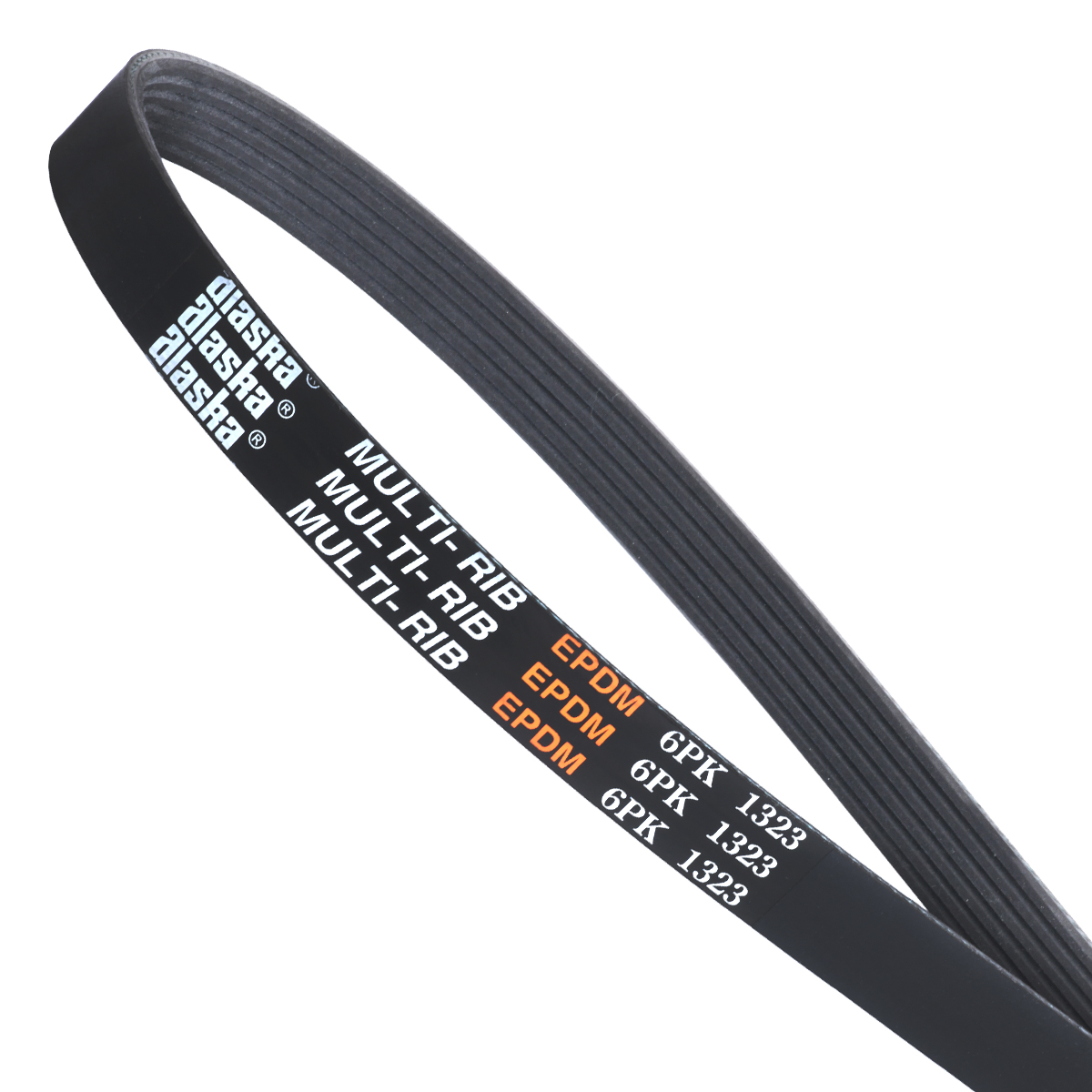Ribbed belts are an essential component of any automotive engine, yet they’re often overlooked or taken for granted. Understanding ribbed belts and their role in automotive performance can help you keep your vehicle running at its best.
Ribbed belts provide power to vital accessories and components within your engine, such as the alternator, power steering pump, and air conditioning compressor. When ribbed belts fail, these accessories can stop working properly, leading to a loss of power, steering, or cooling. This can be a major safety hazard, especially while driving at high speeds or in inclement weather.
Understanding Ribbed Belts: The Key to Keeping Your Engine Running Smoothly
What are Ribbed Belts?

Ribbed belts are made of a durable rubber compound with a series of parallel ribs running along the inner surface. These ribs provide extra grip and prevent the belt from slipping on the pulleys it drives. Ribbed belts are also designed to be more flexible than flat belts, making them better suited for handling the tight bends and curves found in modern engine compartments.
The History and Evolution of Ribbed Belts

The first ribbed belts were introduced in the early 1950s as a more efficient and durable alternative to flat belts. Since then, ribbed belts have undergone continuous development to improve their performance and reliability. Today’s ribbed belts are made from advanced materials and feature innovative designs that reduce noise and vibration while increasing power transmission.
The Hidden Secrets of Ribbed Belts

Beneath the seemingly simple exterior of a ribbed belt lies a complex world of engineering and innovation. Ribbed belts are carefully designed to withstand extreme temperatures, harsh chemicals, and constant flexing. They also incorporate features such as tensioners and idler pulleys to maintain proper belt tension and prevent premature failure.
Recommended Maintenance and Replacement

Like any other automotive component, ribbed belts require regular maintenance and replacement to ensure optimal performance. It’s recommended to have your ribbed belts inspected by a qualified mechanic every 30,000 to 60,000 miles. If the belts show signs of wear or damage, such as cracks, fraying, or excessive noise, they should be replaced immediately.
Ribbed Belt Failure: Causes and Symptoms

Ribbed belts can fail for various reasons, including wear and tear, improper installation, or pulley misalignment. When a ribbed belt fails, it can cause a variety of symptoms, such as:
- Loss of power
- Difficulty steering
- Overheating engine
- Dimming headlights
- Battery discharge
Tips for Extending Ribbed Belt Life

By following a few simple tips, you can extend the life of your ribbed belts and keep your engine running at its best:
- Regularly inspect your ribbed belts for signs of wear or damage.
- Avoid overloading the engine or accessories that are driven by ribbed belts.
- Ensure proper belt tension and alignment by having your belts inspected and adjusted by a qualified mechanic.
- Replace ribbed belts as recommended in your vehicle’s owner’s manual.
Understanding Ribbed Belt Terminology

To better understand ribbed belts, it’s helpful to familiarize yourself with some key terminology:
- Rib: The raised section on the inner surface of the belt that provides extra grip.
- Tensioner: A pulley that maintains proper belt tension.
- Idler pulley: A pulley that supports the belt and prevents it from flapping.
- Serpentine belt: A type of ribbed belt that wraps around multiple pulleys in a serpentine pattern.
Fun Facts About Ribbed Belts

Did you know?
- Ribbed belts can transmit up to 150% more power than flat belts.
- The longest ribbed belt ever produced was over 10 meters long.
- Ribbed belts are used in a variety of applications beyond automotive engines, such as industrial machinery and agricultural equipment.
How to Troubleshoot Ribbed Belt Problems

If you suspect a problem with your ribbed belts, here are some steps you can take to troubleshoot:
- Inspect the belts for any visible damage or wear.
- Check the belt tension using a belt tension gauge.
- Examine the pulleys for misalignment or damage.
- Listen for any unusual noises coming from the belts.
What Happens If a Ribbed Belt Breaks?

If a ribbed belt breaks while you’re driving, it can have serious consequences. Depending on the belt that fails, you could lose power steering, alternator output, or engine cooling. In some cases, a broken ribbed belt can even cause the engine to overheat and seize up.
A Listicle of Ribbed Belt Benefits
Here’s a listicle of the benefits of using ribbed belts in automotive applications:
- Increased power transmission
- Improved efficiency
- Reduced vibration and noise
- Longer service life
- Compact design
Question and Answer
1. What are the most common symptoms of a failing ribbed belt?
The most common symptoms of a failing ribbed belt include: Loss of power, difficulty steering, overheating engine, dimming headlights, and battery discharge.
2. What are key differences between ribbed belts and flat belts?
Ribbed belts have raised ribs on their inner surface that provide extra grip and prevent slipping. Flat belts do not have these ribs and are less efficient.
3. How often should I replace my ribbed belts?
Ribbed belts should be replaced every 30,000 to 60,000 miles, or as recommended in your vehicle’s owner’s manual.
4. Can I replace ribbed belts myself?
Replacing ribbed belts can be a complex task that requires specialized tools and knowledge. It’s highly recommended to have them replaced by a qualified mechanic.
Conclusion of Understanding Ribbed Belts: Vital Components For Automotive Performance
Ribbed belts play a vital role in the performance and reliability of your vehicle. By understanding ribbed belts and their importance, you can keep your engine running smoothly and avoid costly repairs. Remember to regularly inspect your ribbed belts, have them replaced as needed, and consult with a qualified mechanic for any concerns or questions.
